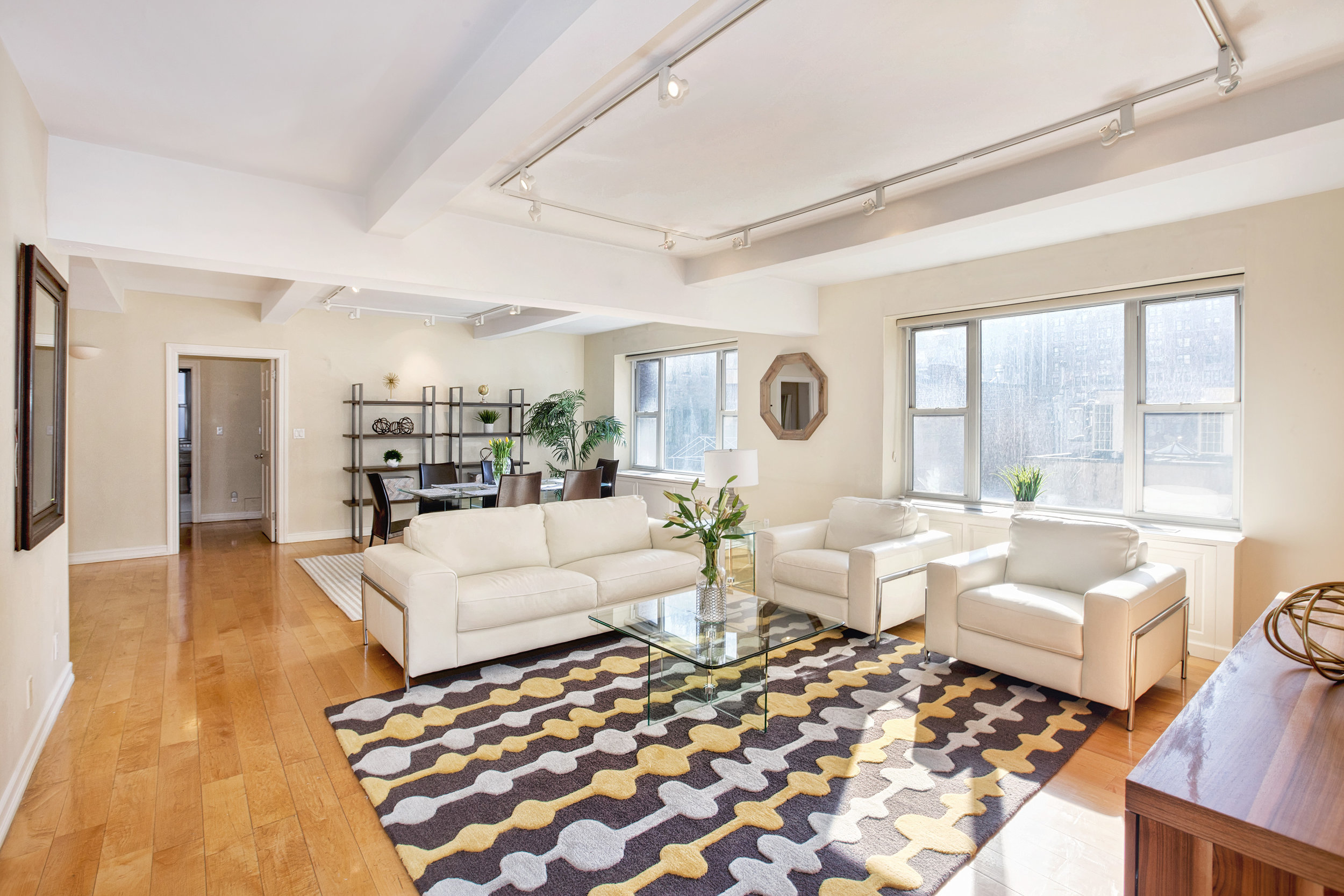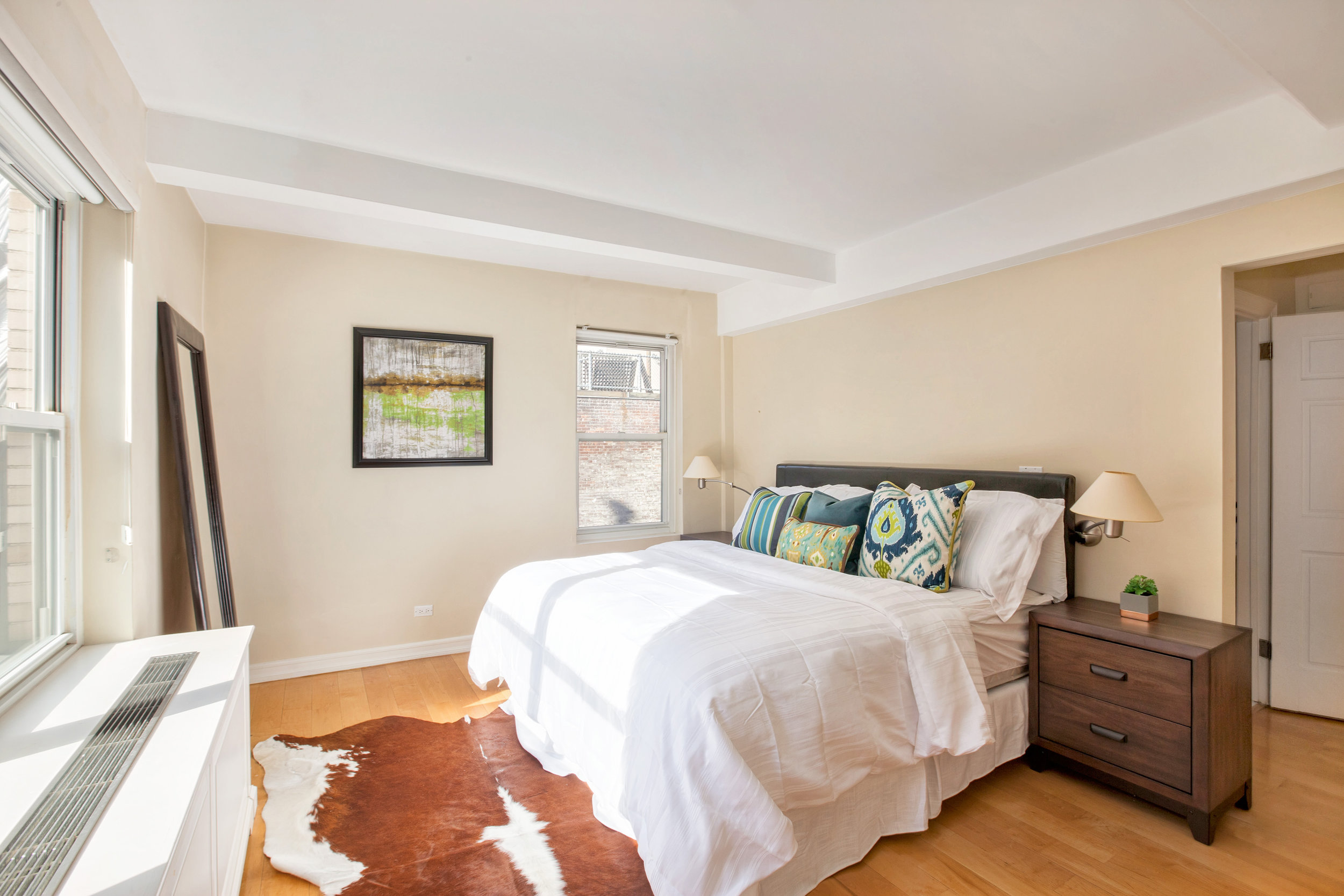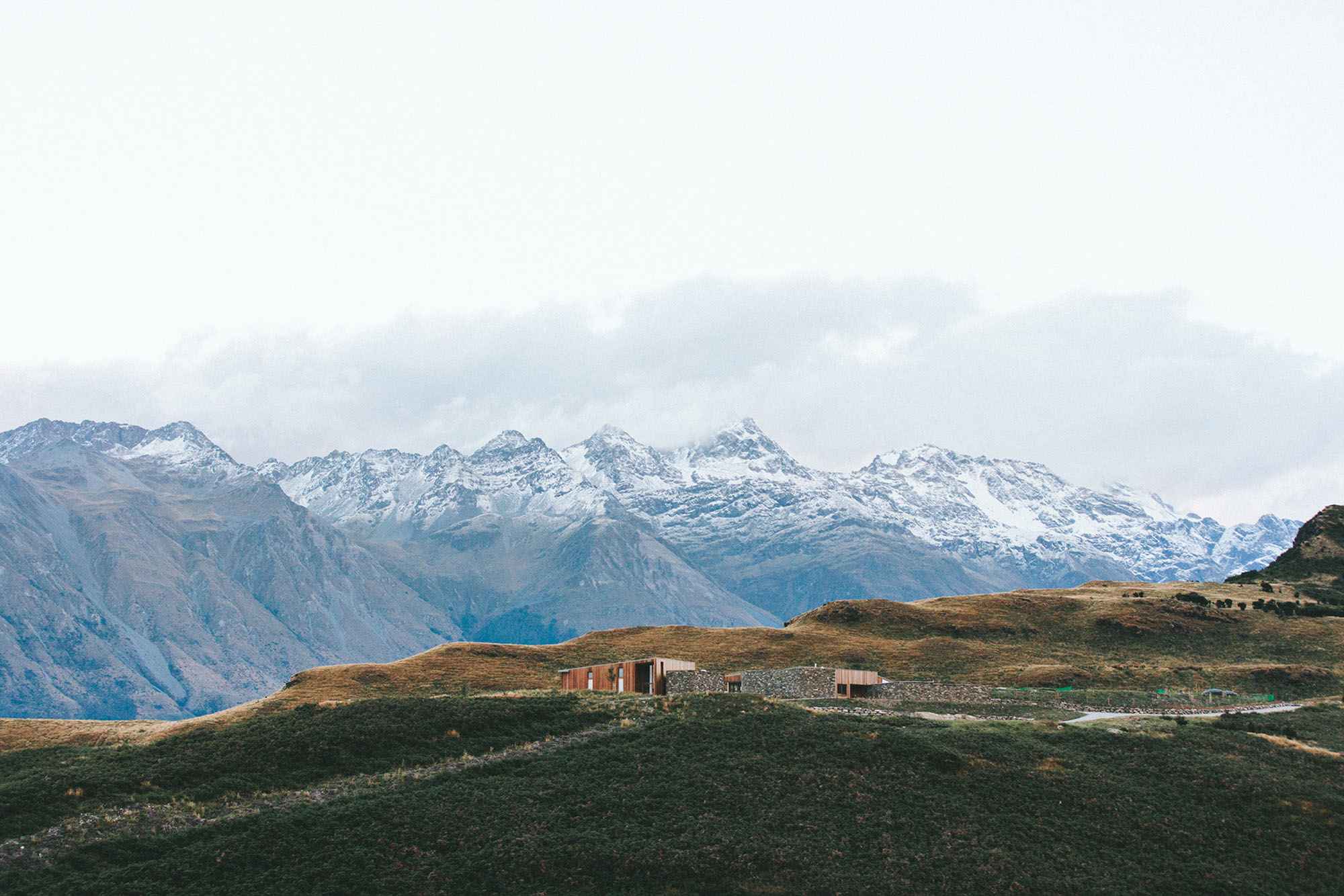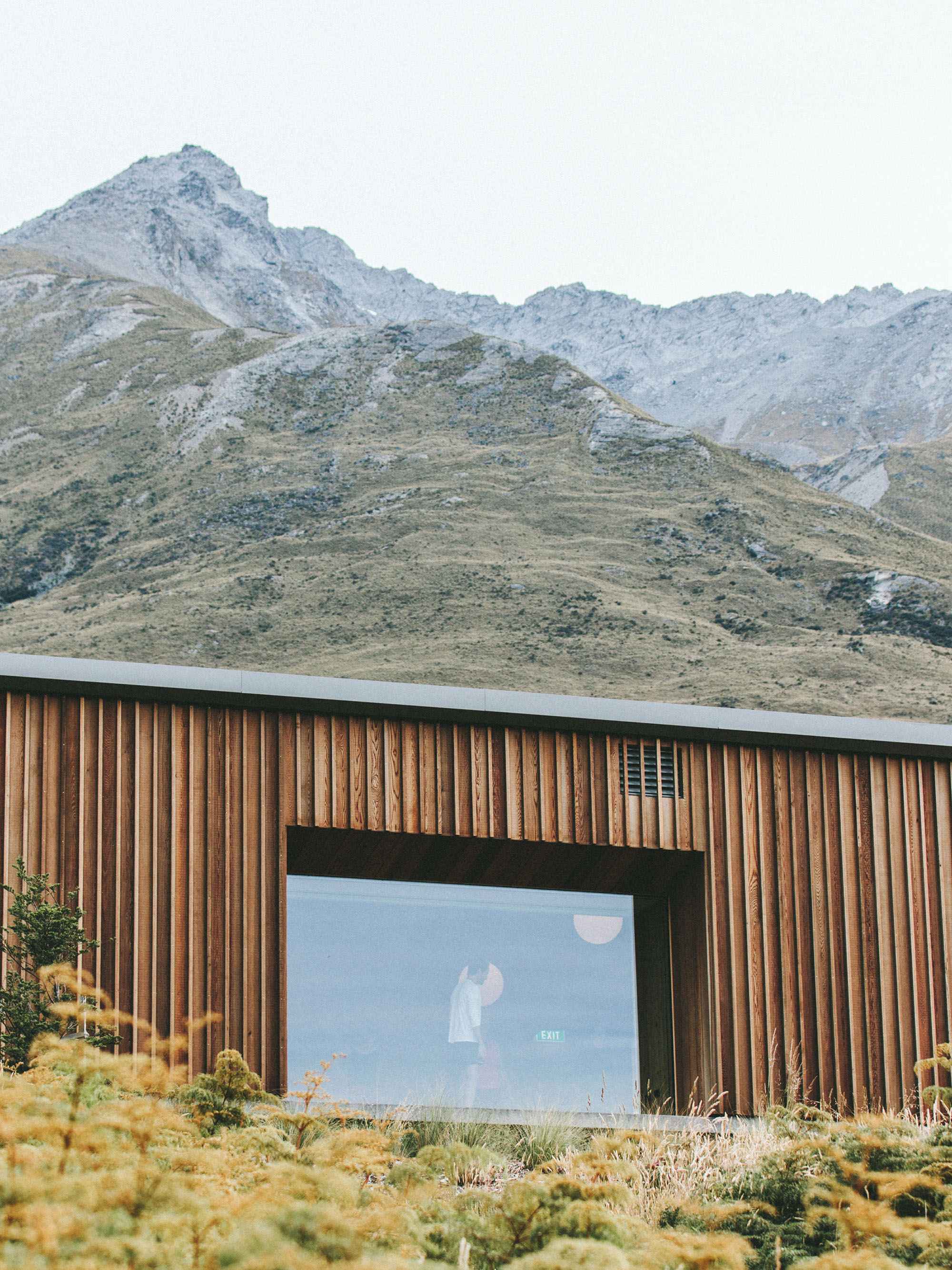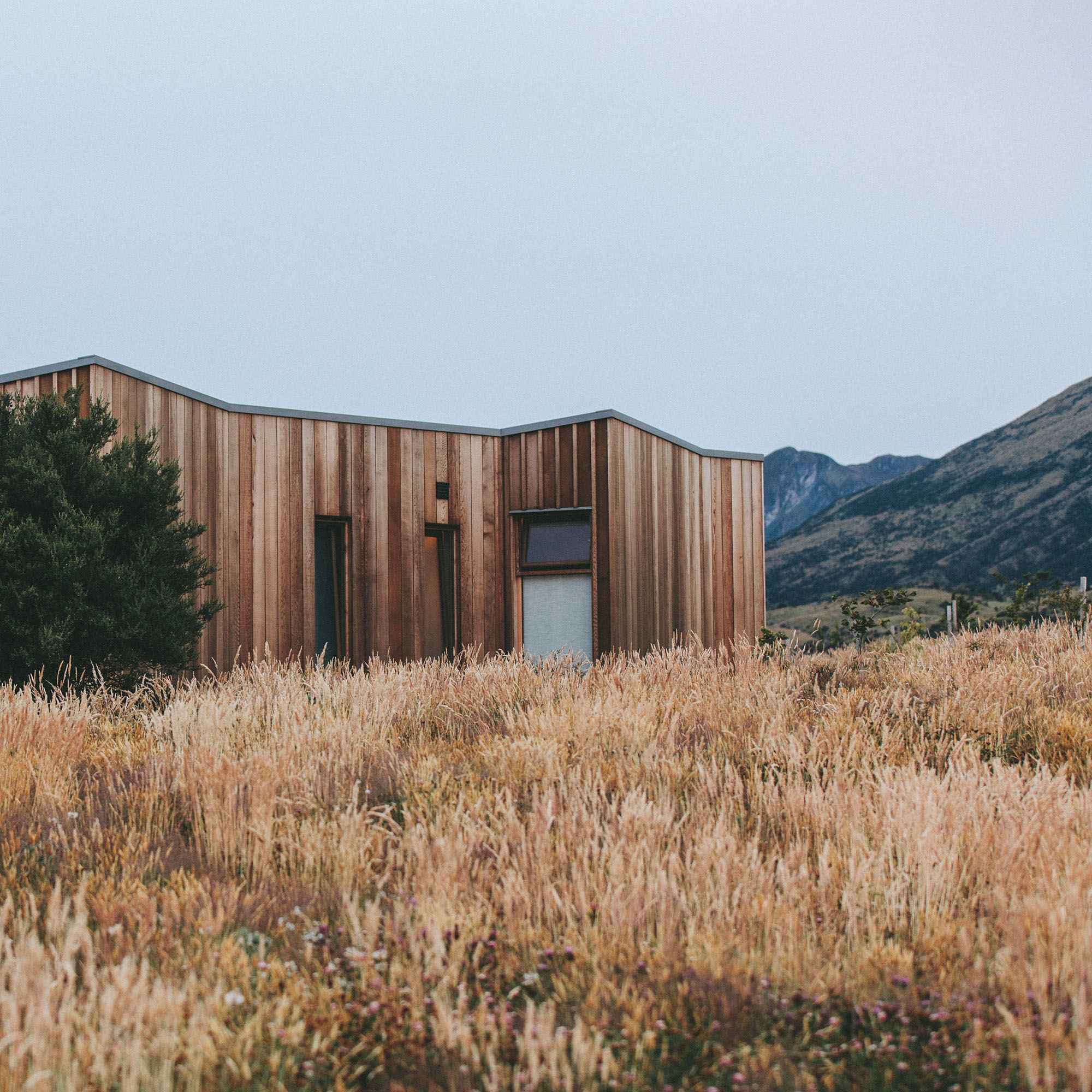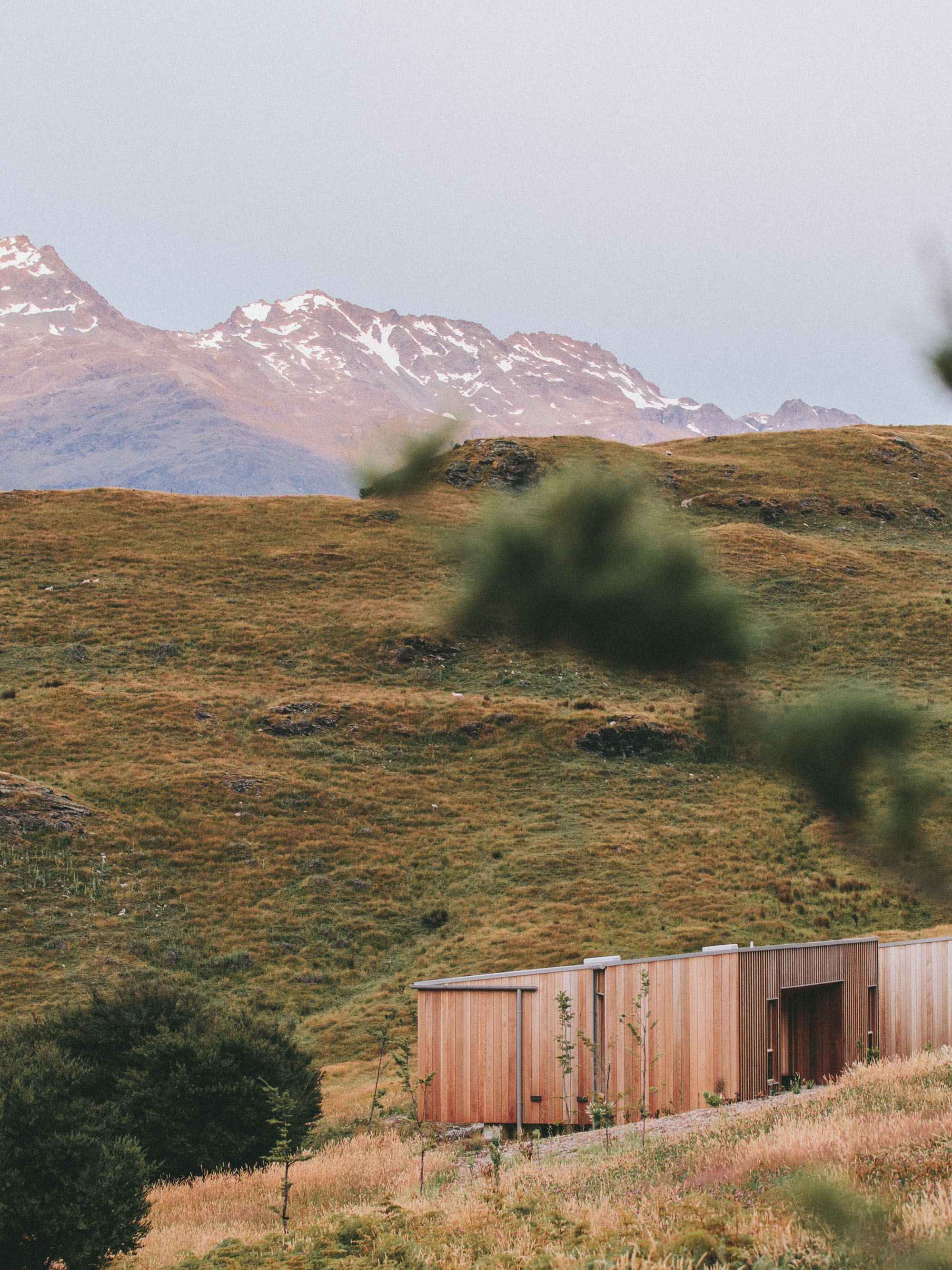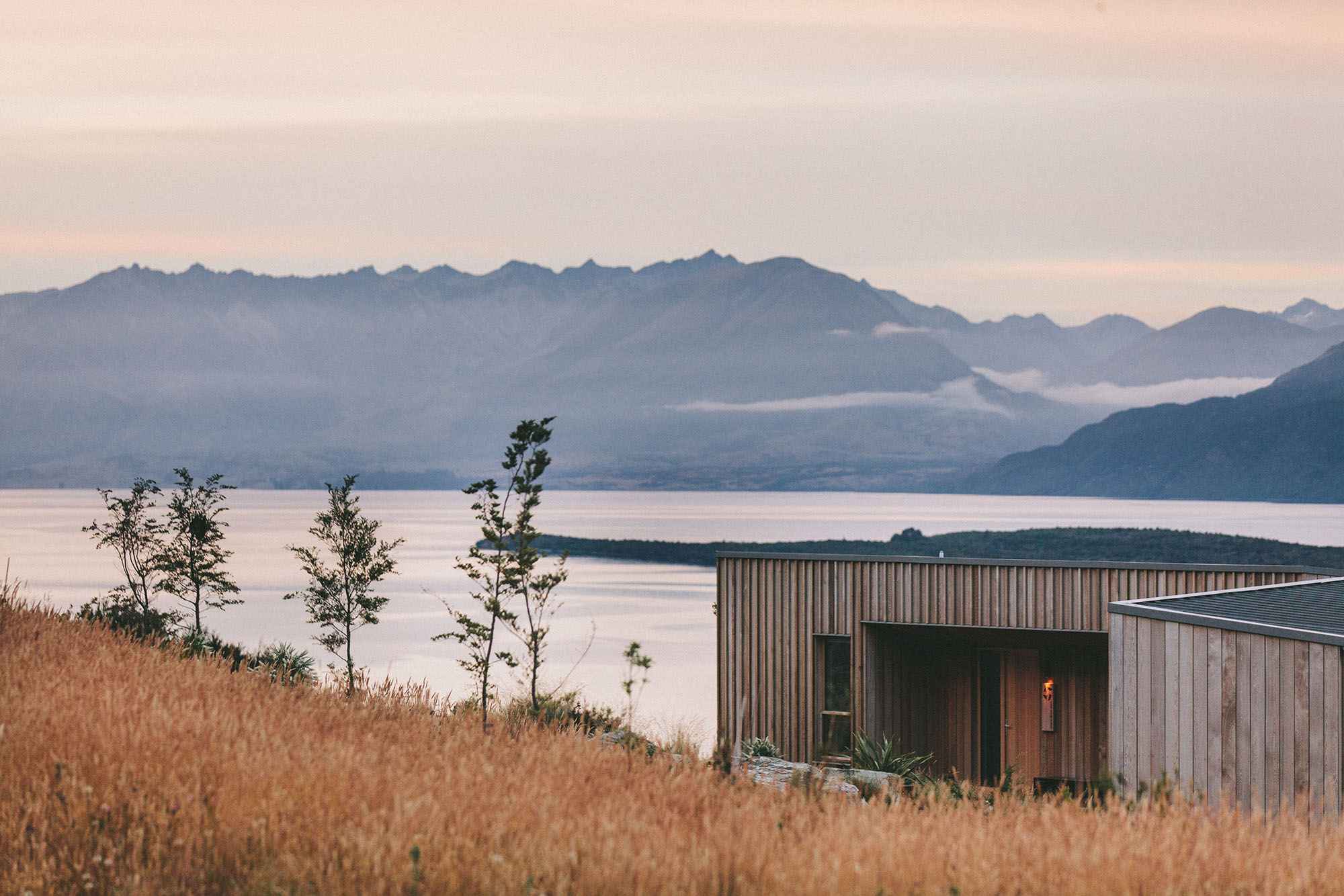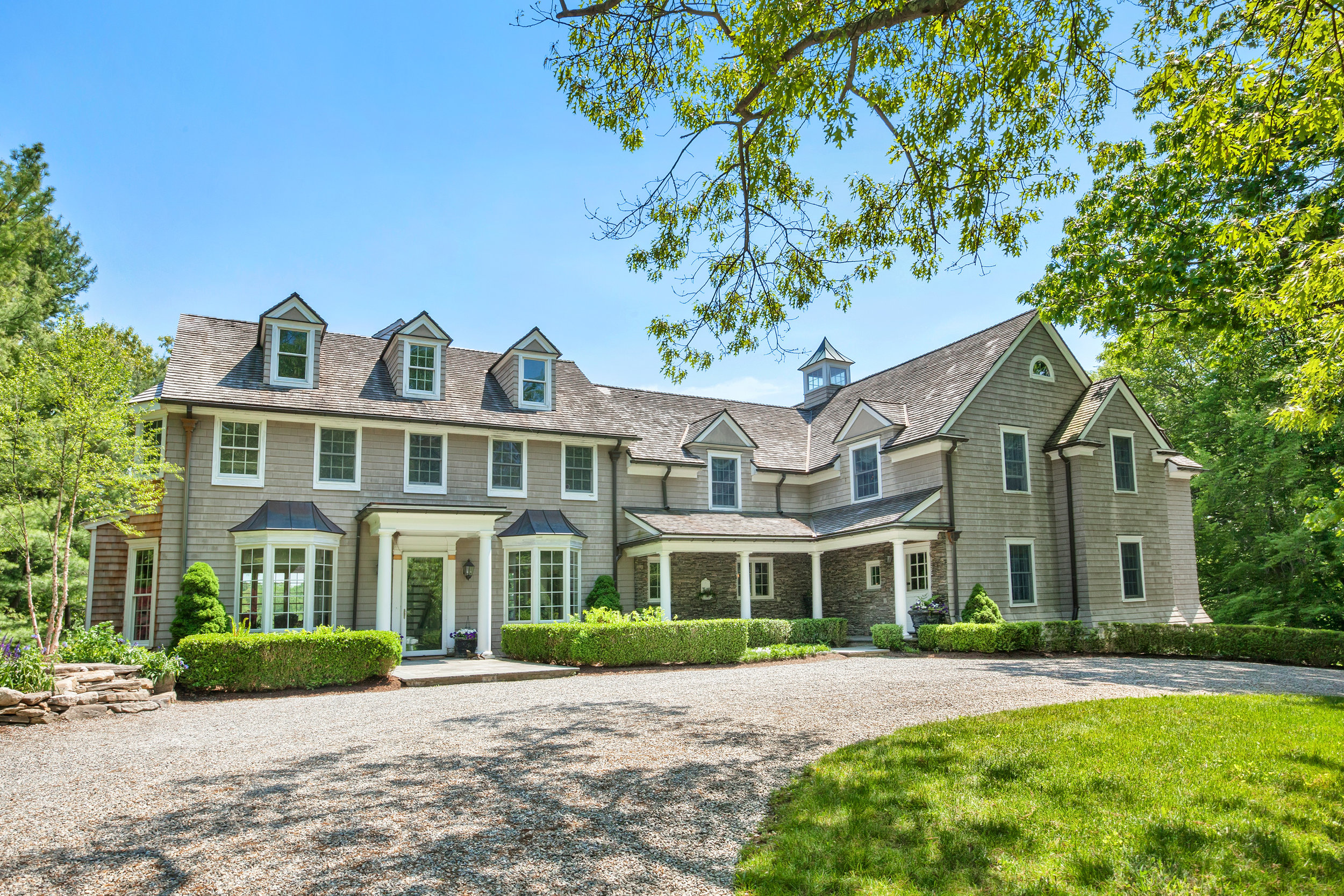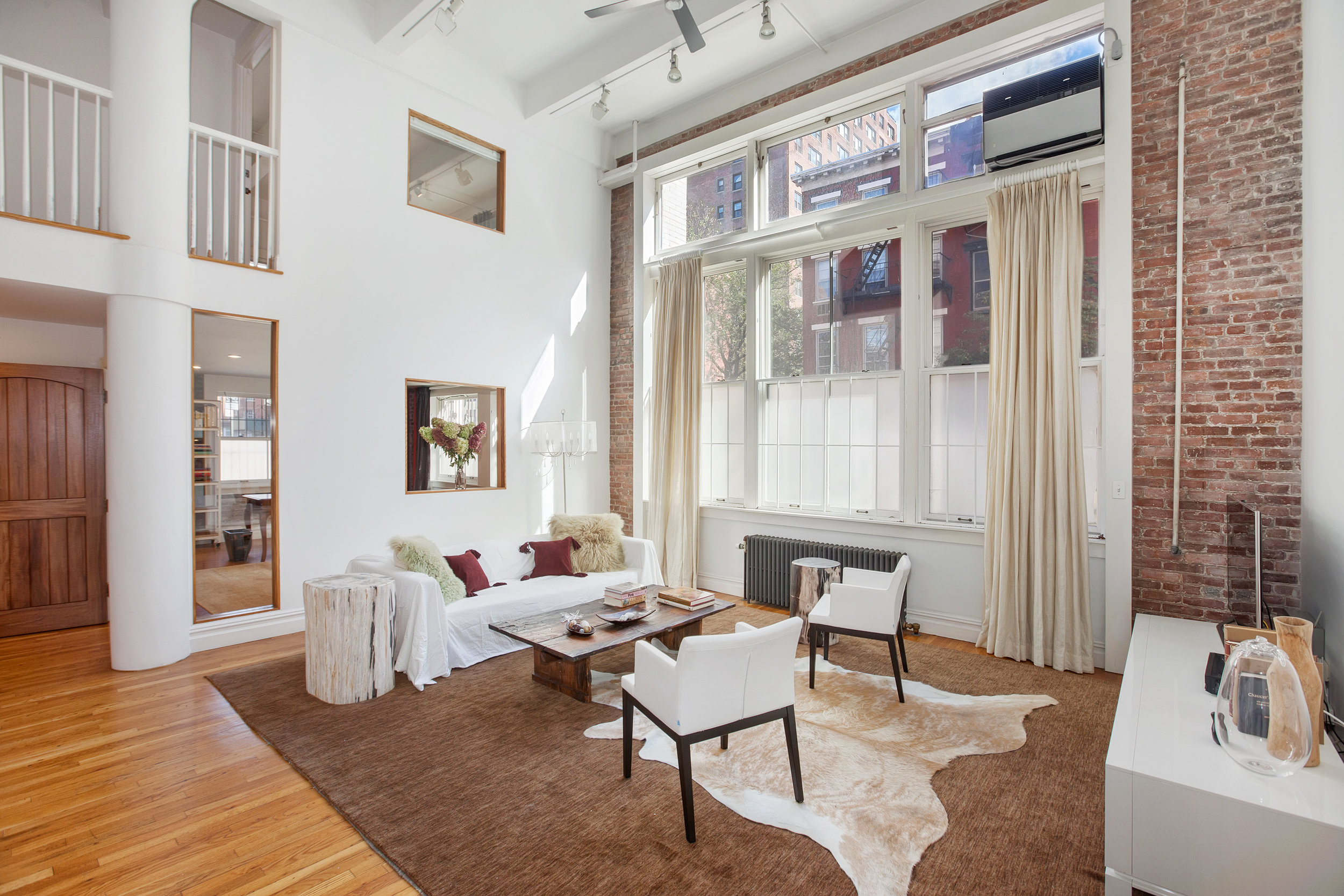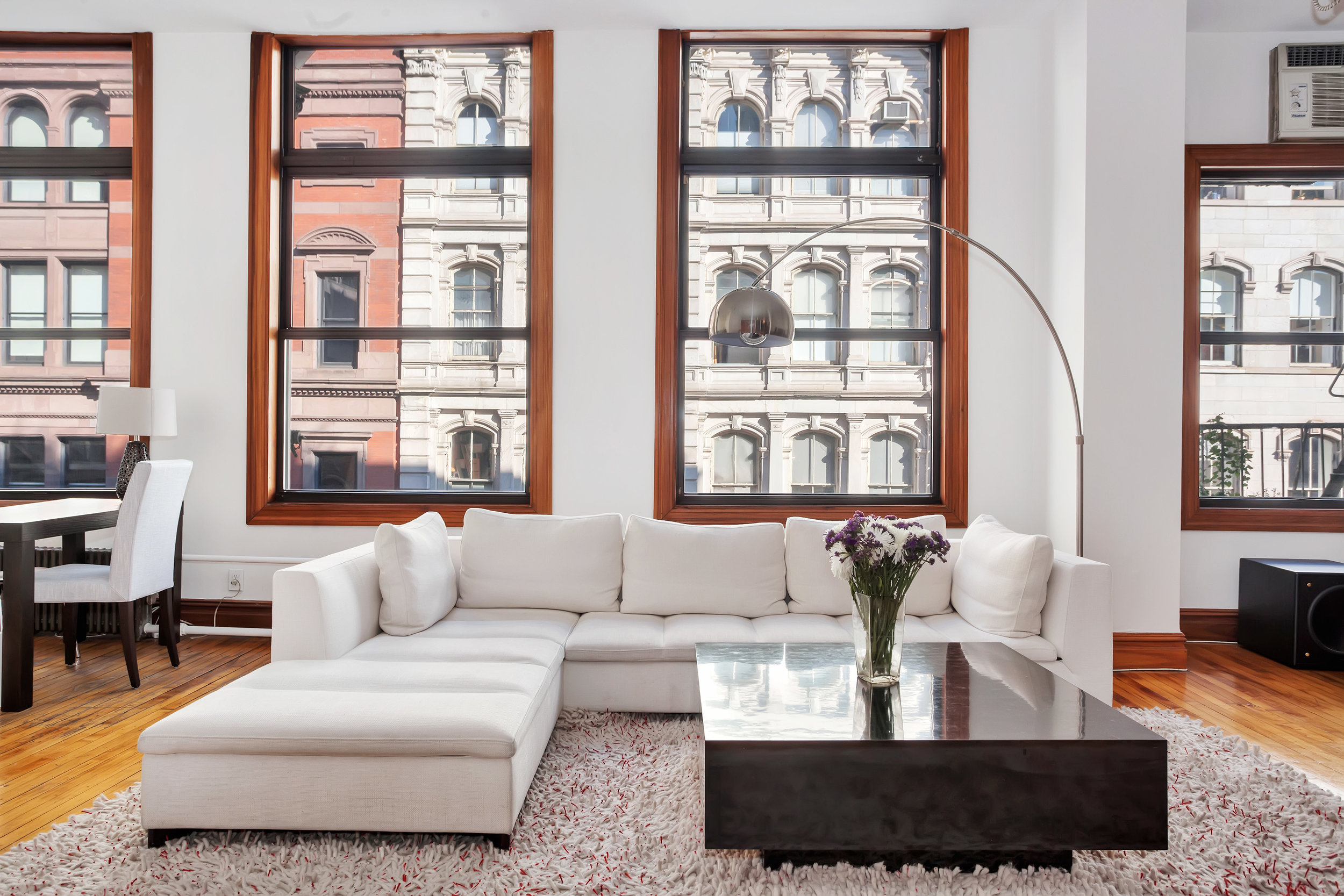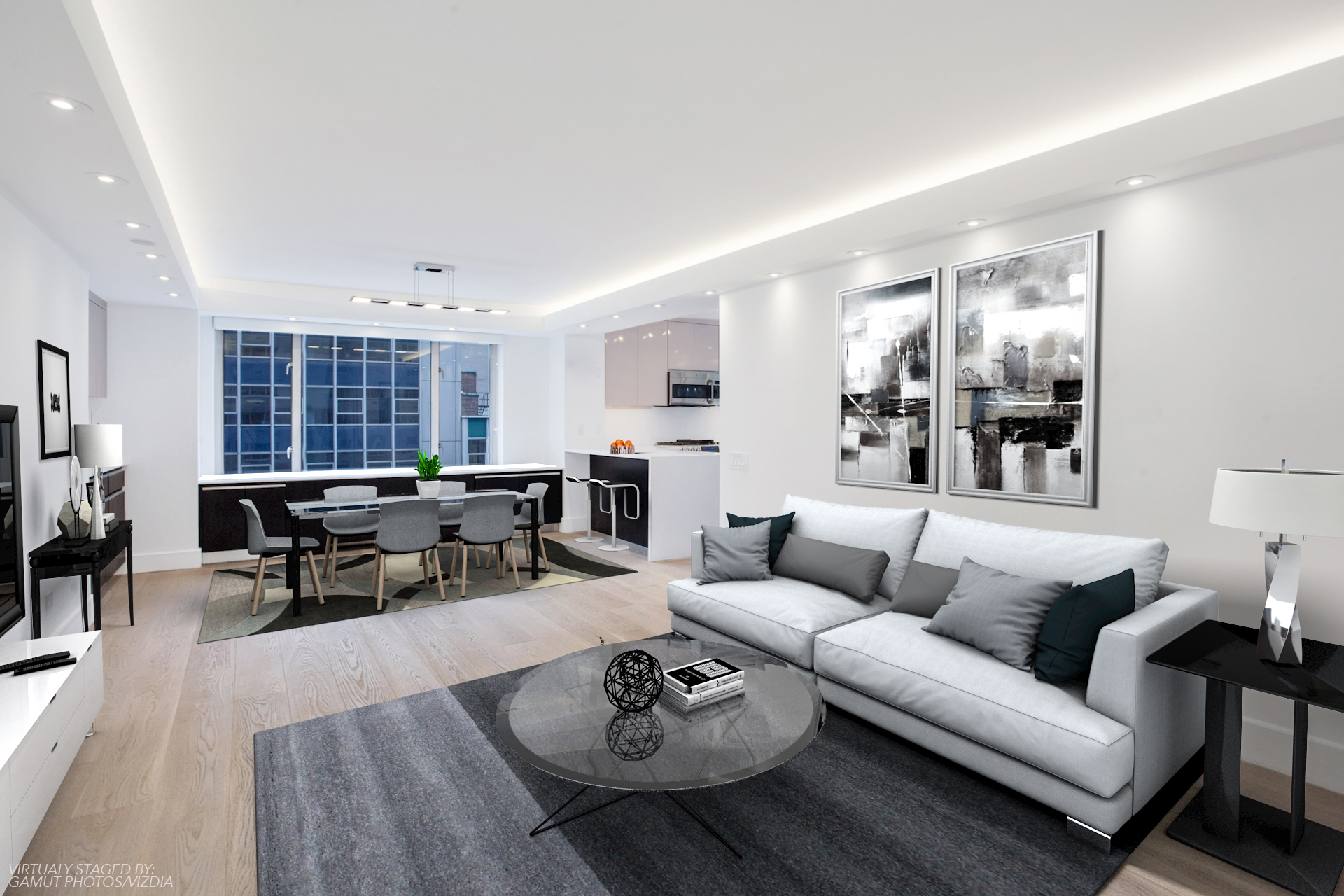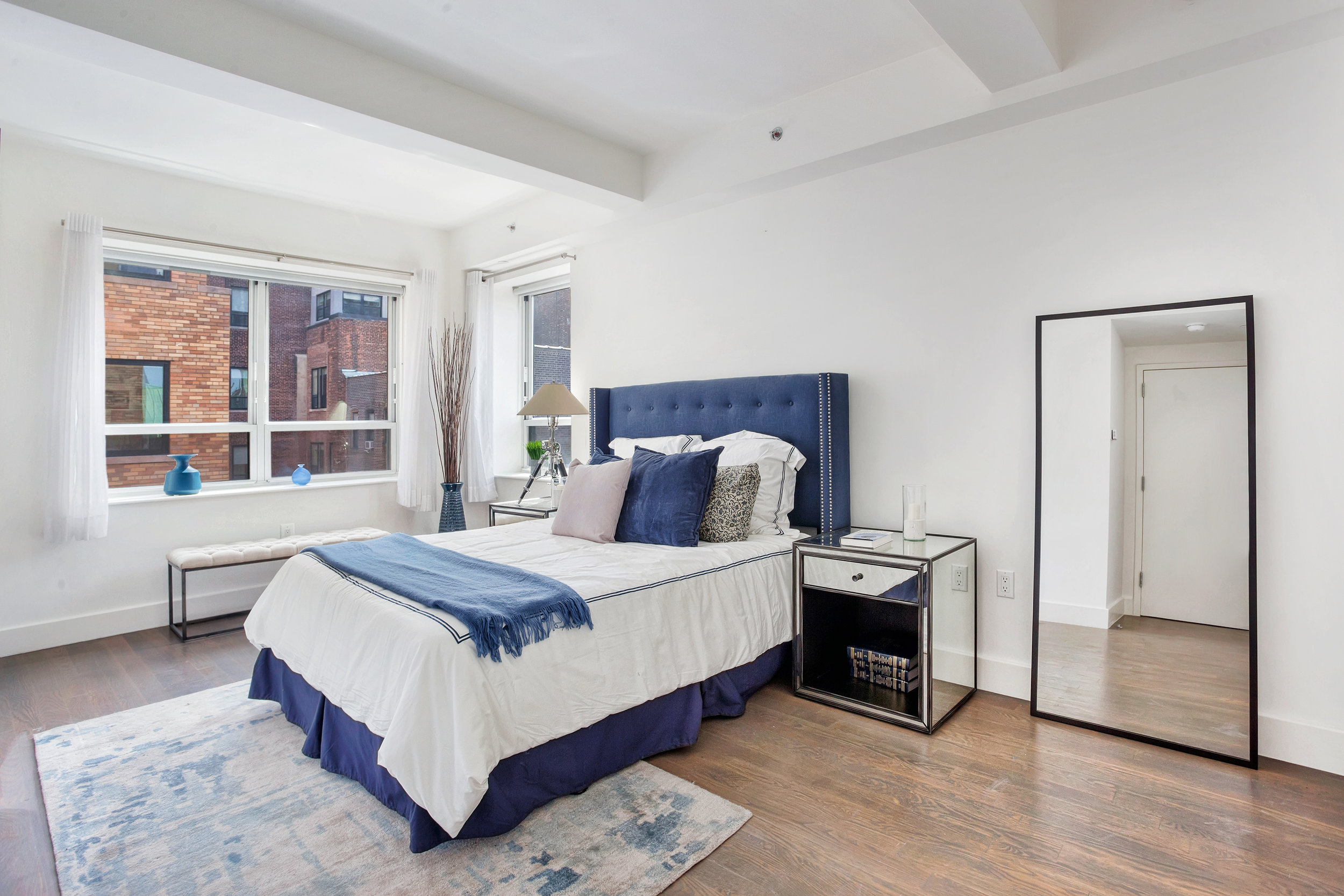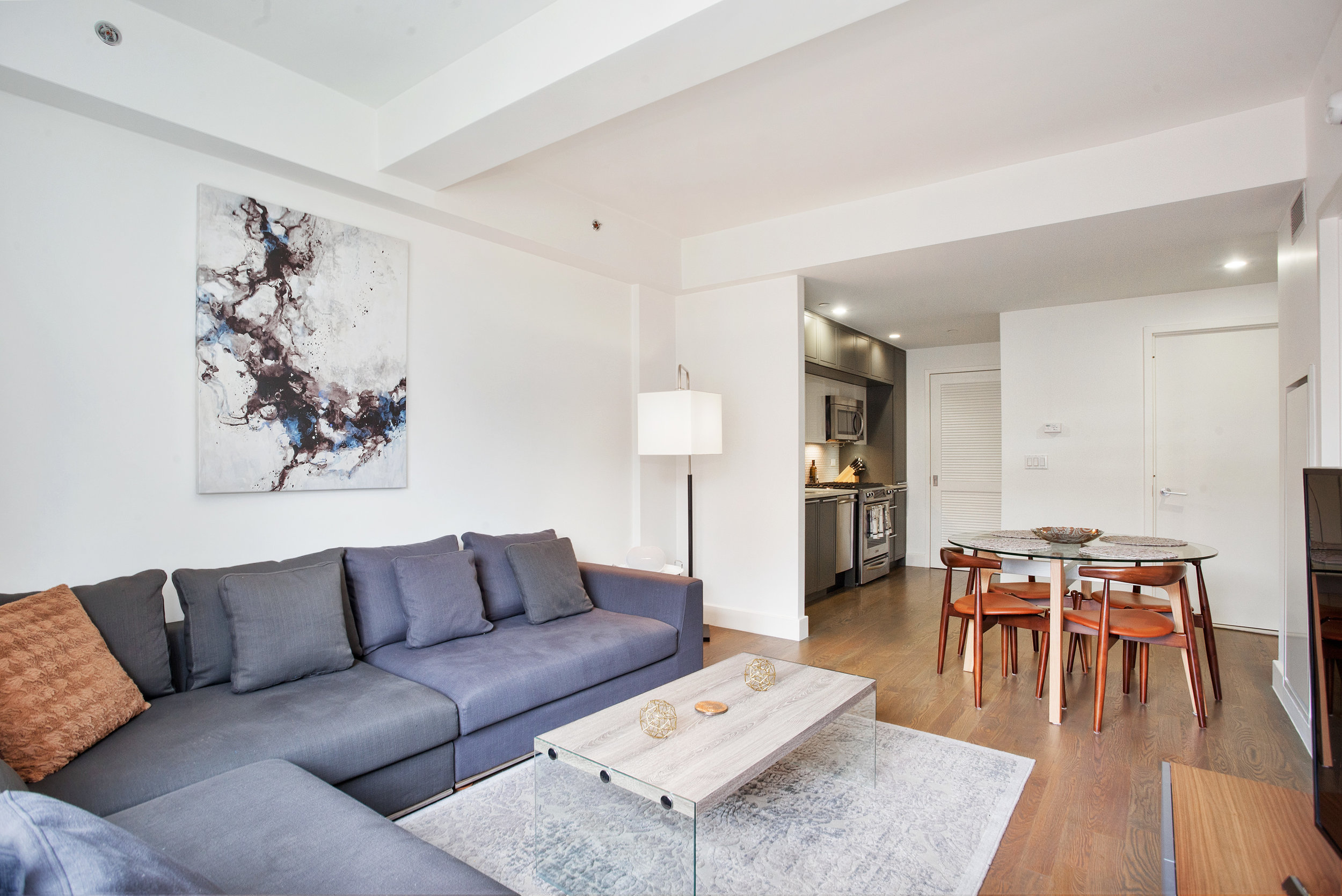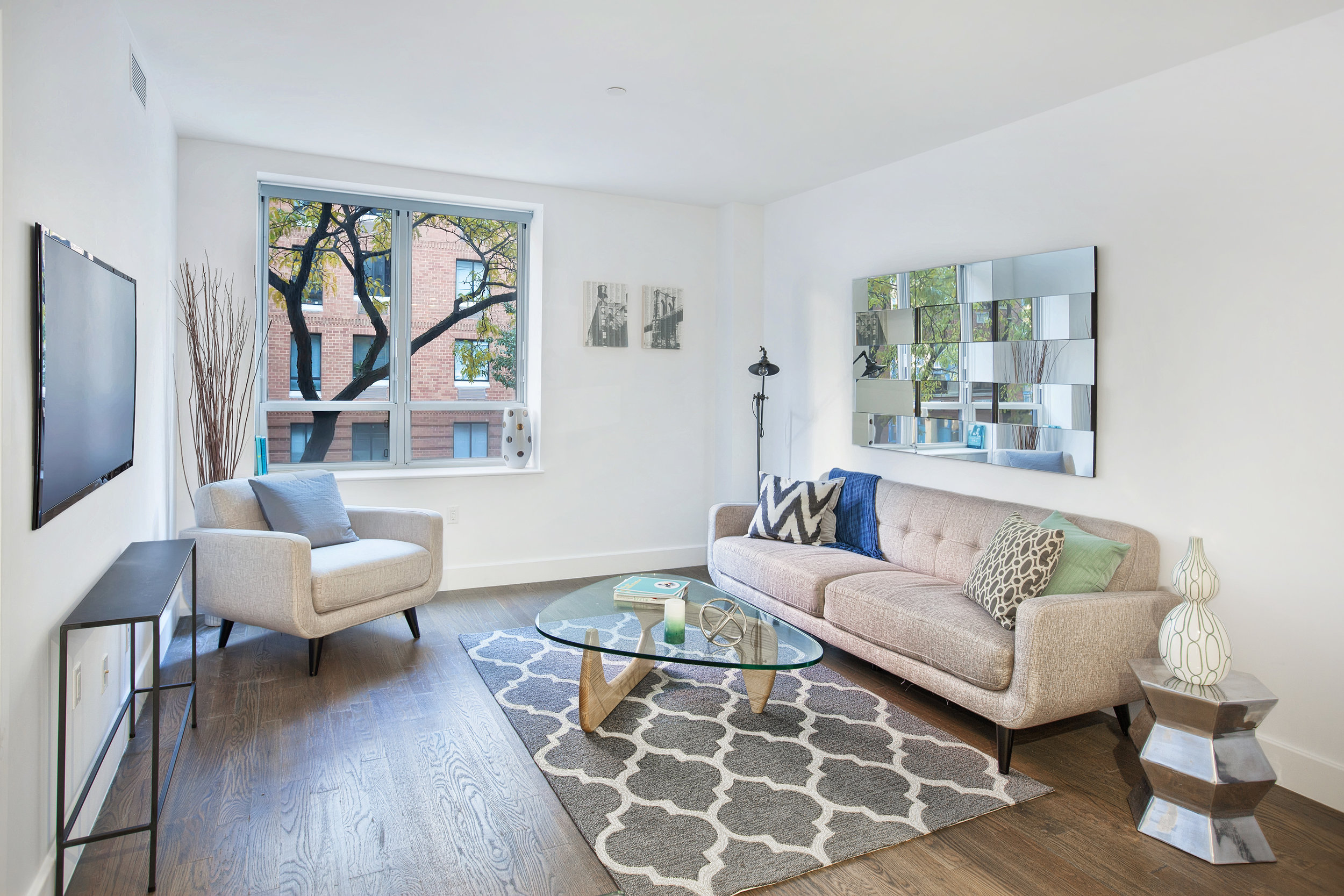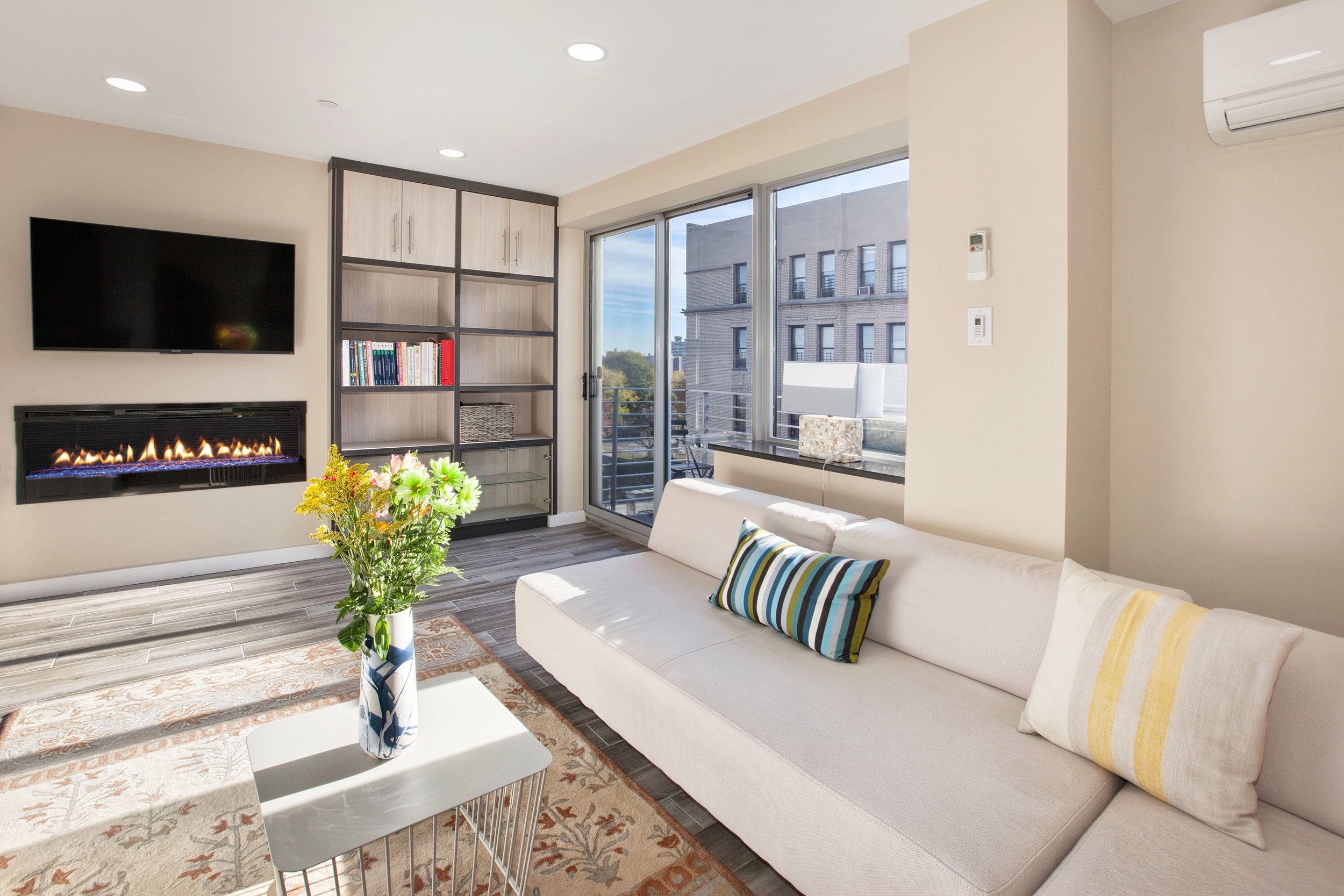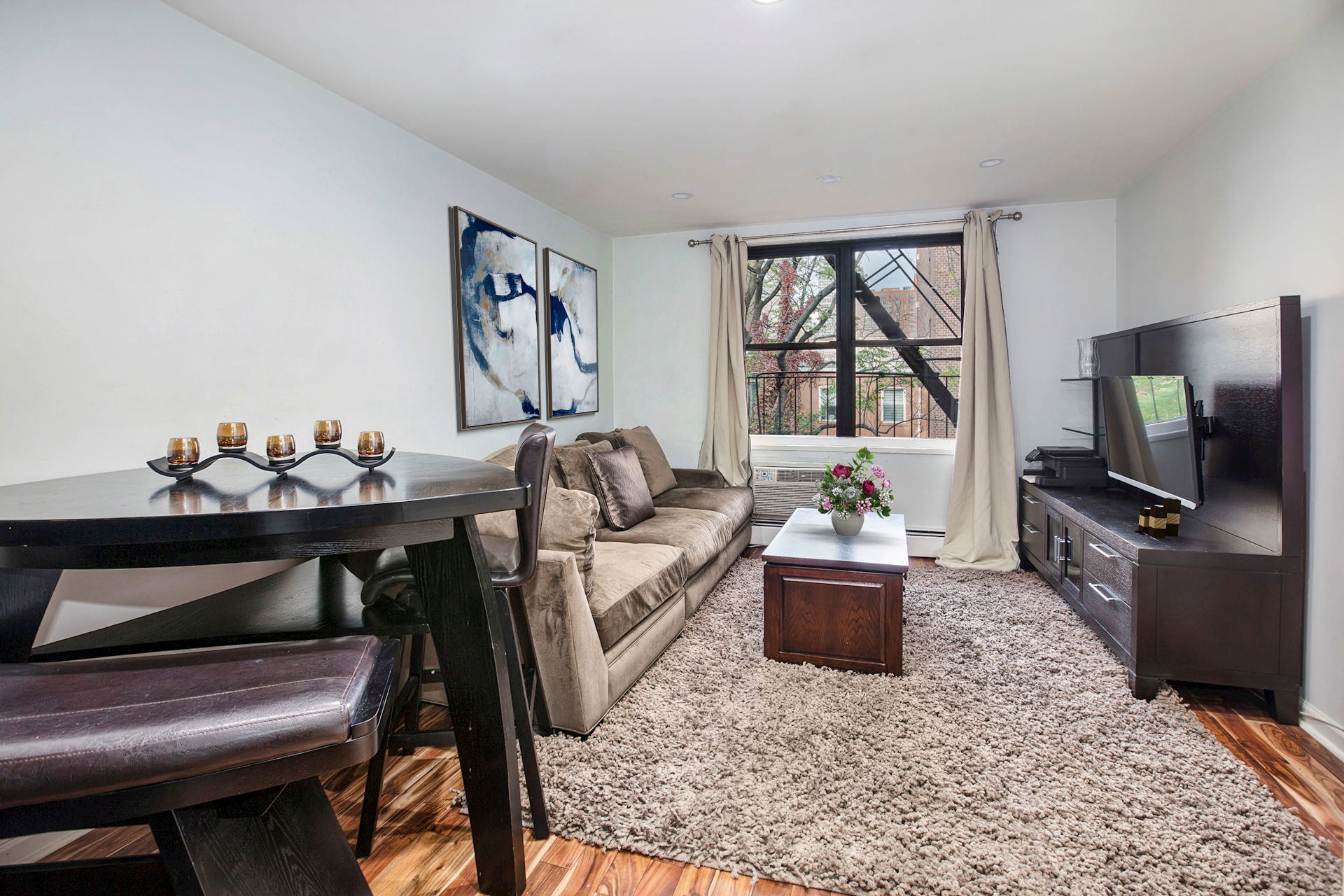Already, a new wave of tenants from Manhattan and North and Brownstone Brooklyn are coming to Astoria, said Brett Harris, managing partner at AKI Development, whose Graffiti House building along Astoria's rapidly changing waterfront has such upscale touches as radiant heated floors, heated terraces and outdoor showers.
“We see this neighborhood taking off,” Harris said.
New ferry service to Astoria is expected to launch in the spring, the MTA is renovating the subway stations in the neighborhood, and it brought back the W train. The city earmarked $30 million to restore Astoria Park and is continuing to push it pricey streetcar project that would terminate in Astoria.
“That would be a major catalyst,” he said.
9. Attention turns to The Bronx’s Concourse...
Lee Williams, of Level Group, has seen an uptick of renters looking at The Bronx's Concourse neighborhood, which is just two stops from Manhattan on the express train and has one-bedrooms for $1,400 a month.
Plus the area has dry cleaners and grocery stores, he added.
10. ...and Riverdale neighborhoods.
Elizabeth-Ann Stribling-Kivlan, president of Stribling and Associates, is also seeing renewed interest in Riverdale.
“For $800,000 you can have an incredible view and amenities,” she said. “People don’t realize how close it is and that if you live outside of Manhattan, you can have a car.”
11. People just might pay $1,735 to live in a studio in Staten Island.
Urby Staten Island, on Stapleton's waterfront, is a project to watch for, said Kathy Braddock, of William Raveis Real Esate.
“I think you will hear more about Staten Island in the years to come,” she said. “You can get beautiful new apartments with all the amenities for $1,700.”
The trick is giving the ferry more cachet like ferries have in Sydney, Istanbul and Chicago, she said.
“Wall Street is becoming hipper and happening, and it’s a hop, skip and a jump to Staten Island. How cool would it be to take a ferry there and back?” she said.
12. Amenities will focus more on experiences than space.
Especially for millennials, buildings are more about lifestyle, so amenities will focus more on building-wide programing, like at 1 North Fourth St. in Williamsburg, where there’s yoga night, Monday Night Football and celebrations like National Cookie Day — anything that brings people together, said Andrew Barrocas, of MNS Real Estate.
“These are amenities that are not only going to attract people but keep them,” he said.
13. Yes, more affordable is coming.
More projects being built under the de Blasio administration's Mandatory Inclusionary Housing program will coming through the pipeline, said Jolie Milstein, president and CEO of the New York State Association for Affordable Housing (NYSAFAH), a group that represents affordable housing developers.
Communities whose neighborhoods have been targeted for the program, including a wide stretch of The Bronx along Jerome Avenue, East Harlem and East New York, however, have raised concerns about the impacts of new zoning and whether new buildings will be affordable enough for existing residents.
Milstein said her group plans to work with City Council and community leaders “to fully explain new projects, address concerns and reach positive resolutions.”
14. But $2 billion in affordable housing funds still hangs in the balance with a 421-a deal in limbo.
Until the agreement over 421-a, a tax break for certain newly built residential developments that expired in January, is finalized with a vote in Albany, the state legislature has refused to release $2 billion in state affordable housing funds.
“New Yorkers are at risk of losing thousands of already-planned affordable housing units,” Milstein said.
Other developers are pushing for the state to approve 421-a, as many can’t do rental projects without the tax break, they said.
“No one is doing land deals anymore,” Harris said. “We can’t make our numbers work. We’re waiting on the sidelines."
Instead, Barrocas said, many development firms have been looking at buying older buildings in prime neighborhoods that they can renovate to command higher rents, like the 890-unit former Mitchell-Lama complex at Kips Bay Court.
15. Affordable housing goes super green.
Affordable housing developers are embracing the latest in energy efficient construction — like Passive House standards — as a way to keep operating costs down, said Don Clinton, partner at Cooper Robertson architecture and design firm.
“This uptick is driven by sustainability advocates working together with the nonprofits who provide financing for affordable housing projects," he said.
“We'll likely also see affordable housing developments that are more sustainable and technologically advanced than a lot of their market-rate counterparts."
16. The wealthy will return to older buildings for security and privacy.
Buildings made of stone or brick are becoming popular again, said Richard Cantor at marketing firm Cantor-Pecorella.
“Top-level buyers [are] gravitating towards their thick walls, shapely windows, and quiet central courtyards that provide safe, bomb-proof security and privacy along with a sense of elegance and style that new glass towers can't match,” he said.
17. Bespoke kitchens are all the rage.
































